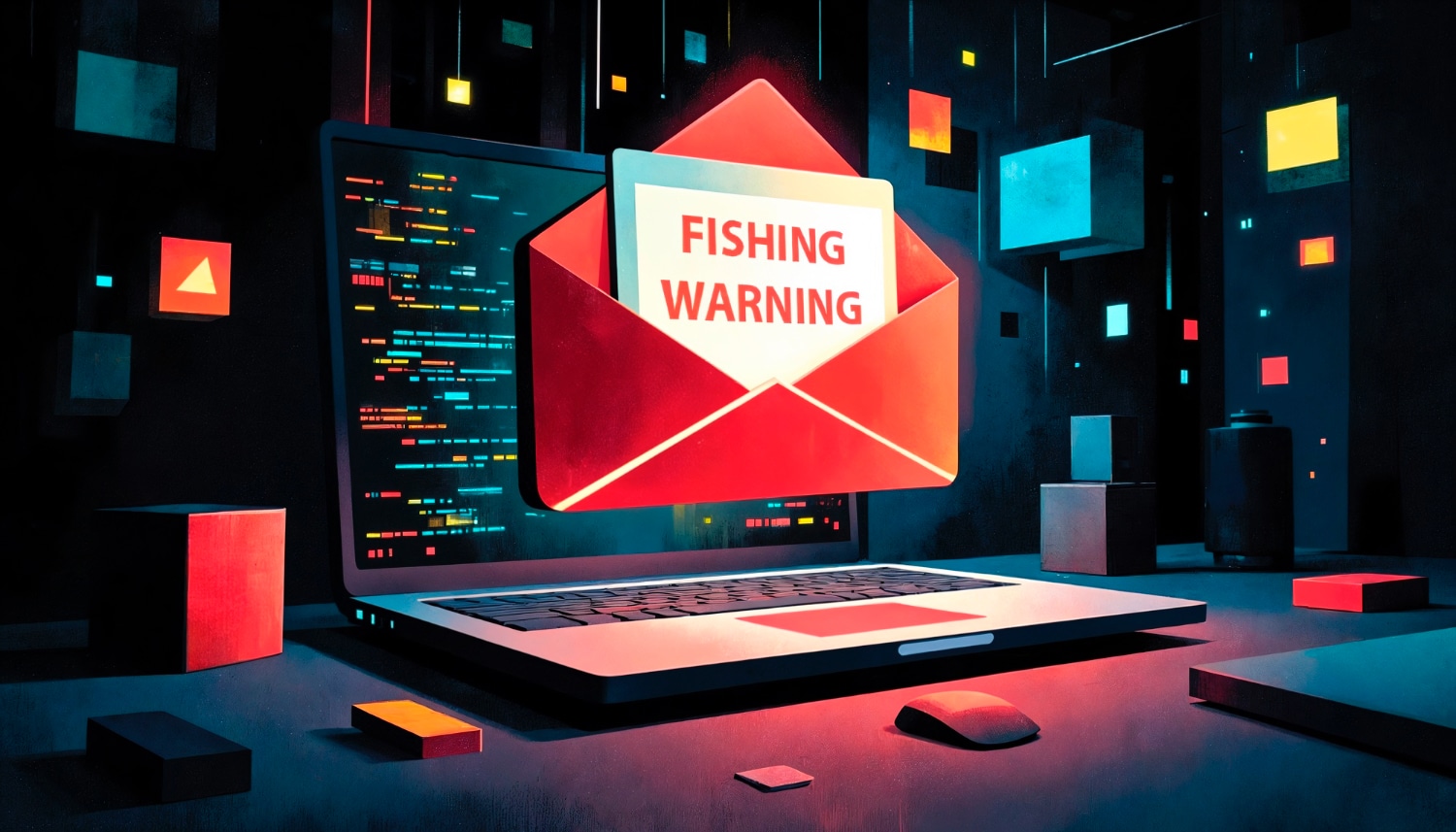Phishing emails are a pain. You’ve probably seen one this week already – maybe from “Royal Mail” about a parcel you never ordered, or a bank you don’t even use. Some are laughably bad, others are sneaky enough to fool almost anyone if they’re in a rush.
The truth is, businesses don’t need to get hit by dozens of these. It only takes one person clicking the wrong link for things to spiral. That’s why it’s worth slowing down and teaching your team what to look for.
What phishing really is
It’s basically trickery. Someone pretends to be a trusted brand, colleague, or service, then nudges you into doing something risky. Maybe it’s typing your password into a fake login page. Maybe it’s downloading a file that installs malware. Either way, the goal is the same: get access, steal data, or grab money.
We’d have a client show us an email that looked exactly like a Microsoft sign-in page. Even the fonts and logo were perfect. The only clue was the web address – it was a jumble of nonsense. Without that double-check, it would’ve been game over.
Things that should ring alarm bells
There isn’t one magic giveaway, but patterns appear. The sender address might look off by a single letter. Greetings like “Dear Customer” are suspicious. Pressure tactics “act now or lose access” are another. Links can be made to look tidy, but if you hover over them, they often point somewhere strange. And don’t forget the classics: spelling mistakes, weird attachments, or flat-out requests for private details.
The scams that keep working
Fake boss emails (“can you quickly send me a payment?”). Fake couriers (“we couldn’t deliver your parcel”). Fake IT updates. They’re all designed to make you react fast instead of thinking.
What to actually do
Best advice? Don’t touch it. No clicks, no replies. Just flag it, tell your IT person, and delete it. If somebody does click, the faster you get help, the less damage is done.
People vs. technology
Firewalls and filters help, but people are the last line. That’s why training matters. Short, regular refreshers work better than a single annual session. Some businesses run practice phishing tests, and honestly, they’re worth it—better to fail a safe test than the real thing.
Multi-factor authentication is another simple win. Even if a password gets stolen, it’s useless without the second step.
Why human risk management matters
At Sprint, we run Human Risk Management (HRM) programmes designed to tackle the one area that most cybercriminals target first—your people. The aim isn’t to drown staff in boring, one-off training slides that nobody remembers a week later. Instead, we focus on building real habits through interactive sessions, phishing simulations, and easy-to-digest reporting that show progress over time.
HRM is about making security part of everyday culture. Staff learn how to recognise threats, respond confidently, and avoid the small mistakes that can lead to big problems. Over time, they stop being the weak link in your defences and become a genuine strength.
If you want your team to be prepared – not panicked – the next time a suspicious email lands, talk to us about getting started with HRM today.
Wrapping up
Phishing emails aren’t going away. But once you know what to watch for, you’re far less likely to get caught. Share these tips with your team, keep the conversation going, and remember – if something feels off, it probably is.
Better to spend ten seconds checking than hours cleaning up a breach.







